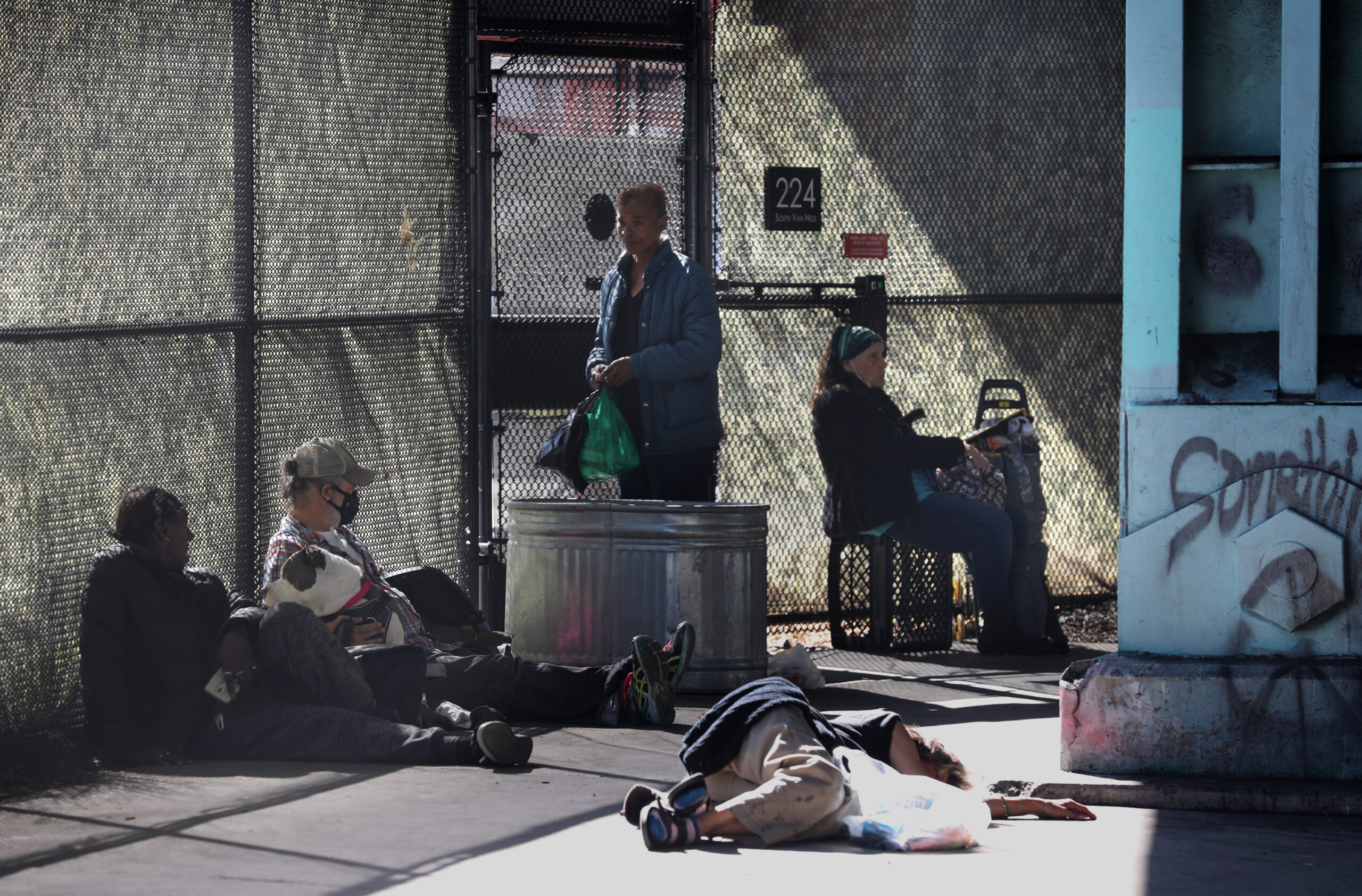Residents of the Tenderloin and neighboring areas have long complained that San Francisco uses District 6 as a “containment zone” for the city’s homeless shelters and other services. A list of shelters provided by the city shows just how densely contained those facilities are.
There are 203 stationary shelter and supportive housing facilities in the city, and 128 of them are located in District 6, according to the most recent complete data available. Out of the shelter and housing facilities listed by the Department of Homelessness and Supportive Housing, very few are located on the city’s west side, with seven total sites listed in Districts 1, 4 and 7. There are 12 sites combined listed in Districts 2 and 3, reflecting the city’s northern neighborhoods, and an additional 18 sites in District 5, 16 sites in District 9, 13 sites in District 10, and nine sites in District 8.
The homelessness department provided its most recent available list of permanent supportive housing, transitional shelter and rapid rehousing options in response to a public records request for the names, addresses and capacities of each facility. Its most recent such list was from 2019, and the department could not immediately confirm how many of those stationary sites were still open today.
Critics over the city’s approach link a density of homelessness services to drug activity and other ills, and proposed new housing sites often face some neighborhood pushback. Last year, for example, a proposed permanent supportive housing facility in Japantown was ultimately nixed in the wake of concerns that it may hurt the tourist-friendly neighborhood.
In 2021, the Tenderloin, Soma, Nob Hill and Inner Mission neighborhoods accounted for 67% of the city’s overdose deaths. Neighbors often allege that drug dealers operate on the corners outside of the city’s shelter and housing support facilities. Some unhoused individuals in the city also say that a concentration of shelters and other services in the city’s core is problematic due to the proximity to drug markets.
Cynthia Yates, a 71-year-old who has lived in San Francisco for 13 years, was priced out of her home in the Fillmore in 2011 and said that her journey through the city’s shelter system has been traumatizing. Yates recently moved into a private room at a shelter-in-place hotel after spending part of the pandemic in a navigation center, which she said was full of people using drugs.
“I don’t want to continue to be in that environment, but I had no other choice,” Yates said. “[The hotel] is not as bad as the navigation center, but they’re right in front of the hotel with their tents.”
Supervisor Rafael Mandelman introduced a proposal Tuesday aiming to force city agencies to identify and open more shelter sites. He’s hopeful that a larger and more dispersed network of shelters would reduce any concentration of crime around existing facilities. But critics of the proposal worry that it could lead to more of the same.
“There’s a lot of thoughtfulness that has to go into designing a system,” said executive director of the Coalition on Homelessness Jennifer Friedenbach. “If there was a magic wand you could wave to solve this issue we would have done that already.”
